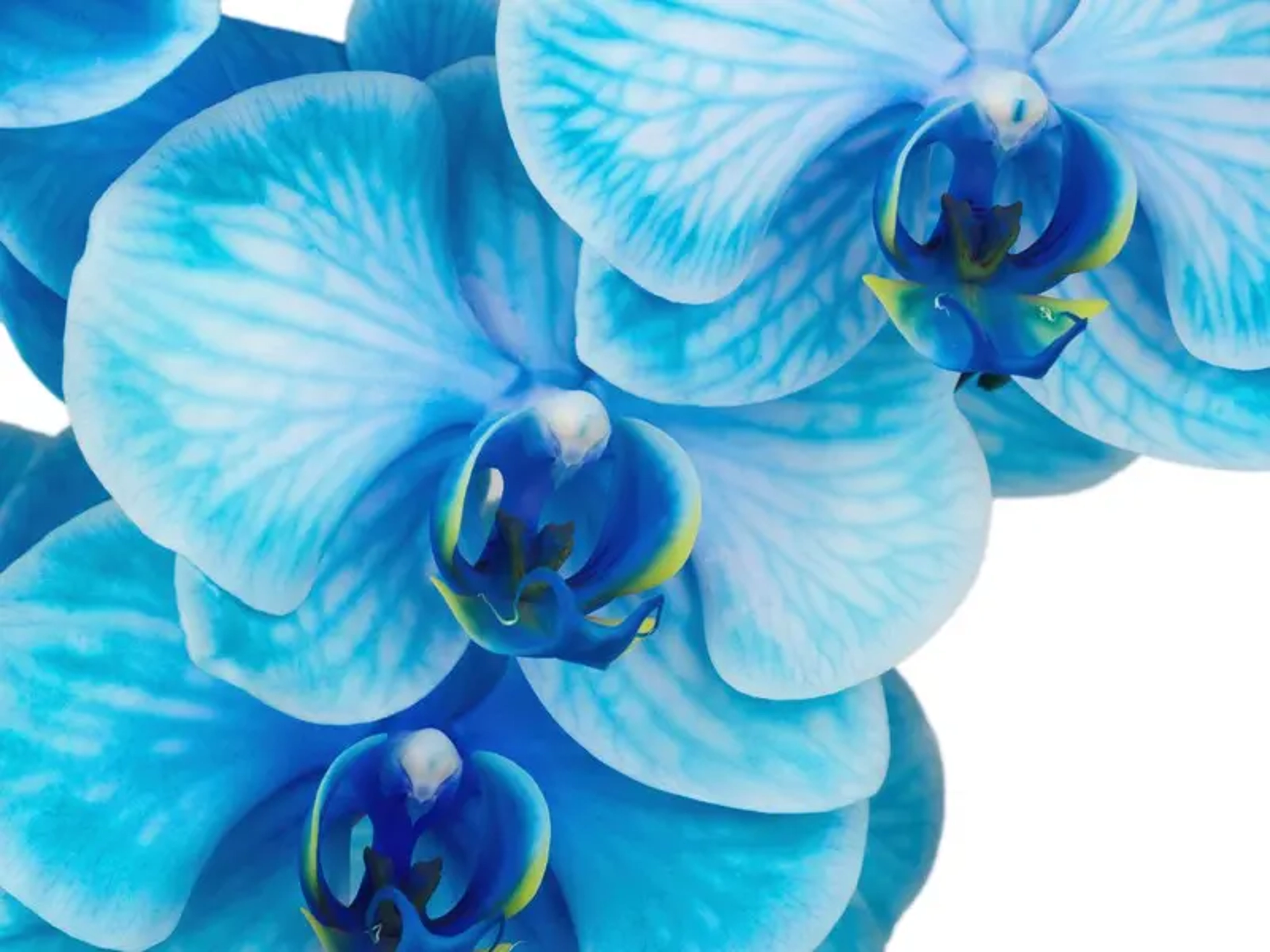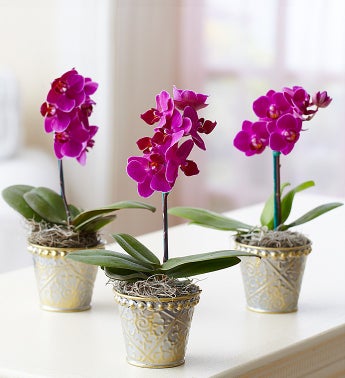How Are Colored Orchids Made?
Given the growing phenomenon of "painted flowers", we are taking a look at colored orchids to explain how they achieve their beautiful and enhanced colors.
Aug 01, 2016
Among other things, flowers are known for their natural beauty and the amazing variations of colors that we find them in. But despite their current aesthetic appeal, sometimes we’re left wanting more - more flowers in more different colors!
If you’ve ever seen your favorite flower in a color that’s different from how they normally look in full bloom, you may be familiar with the phenomenon that is “painted flowers.” Today, we’re specifically taking a look at colored orchids (one of our favorites!) and answering one of the biggest questions we’re sure you have - how are they made?

How colored orchids are made
While you may think that colored orchids are made simply by spray painting the stems and the flowers, the process is actually a bit more complex than that. In fact, there are a few different ways that you can make colored orchids, but for this example we’re going to focus on watercolor orchids. The following are the primary steps that are taken to create these beautiful blooms:
- First, a small hole is made in the stem of the plant that is going to be dyed.
- Next, colored dye is injected into the hole that was created in step number one.
- Once the dye has made its way into the stem, the hole is sealed by covering it with wax.
After these three steps have been taken, the orchid’s blooms will usually start to change color about 24 hours later. Wondering what happens to the plant’s natural color? Well, after the dye is initially injected, the plant’s natural process of transporting water to the stem and blooms takes place, and at that point the dye is carried and distributed throughout as well.

Now we know what you might be thinking - can I make one myself? Truth is, the process of creating watercolor orchids really requires a professional, as the dye can be harmful if not injected correctly. Not to mention, plants that undergo this process require a little extra TLC and attention.
How to care for a colored orchid
If you ever get the chance to have a colored orchid of your own, the procedure you should follow for its care is pretty similar to what you do for a non-dyed orchid. Most importantly, make sure that your orchid is getting enough water - about five ice cubes once a week should do it. To tell if your orchid is receiving the amount of water it needs, start by looking at the roots - roots that are green and shiny are usually a good indication that the plant is in good shape. And remember, always keep the hole where the dye was originally injected covered with the wax!







